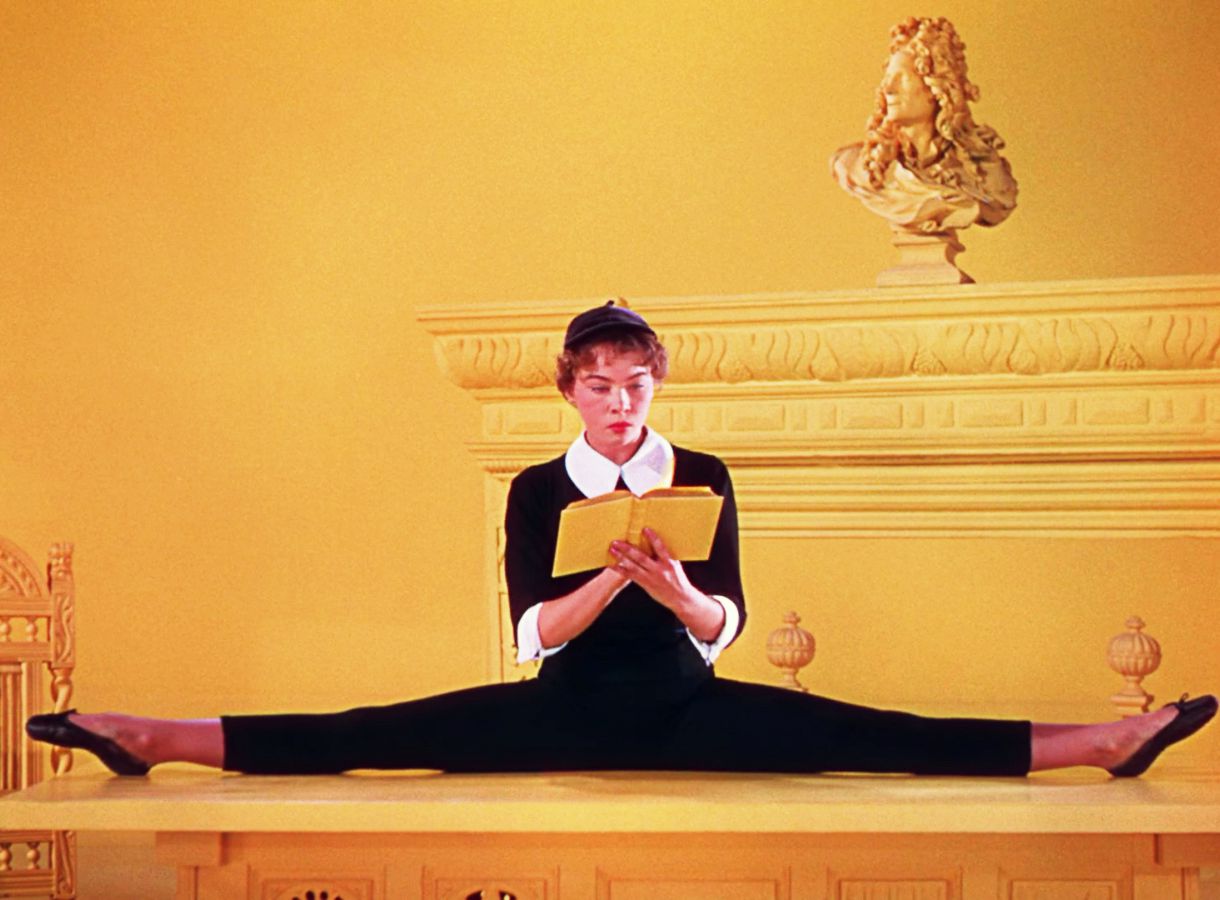IN THE LATE 1990S, a new genre took the fiction world by storm. It was called “chick lit,” and it was fabulous. If Gen-Xers wanted to read about young women “having it all” — usually missing one key element, such as love or a glamorous career — on the brink of third-wave feminism, all they had to do was pick up Bridget Jones’s Diary or Sex and the City and BAM! There were women just like them: having the same successes and failures, going on the same dates, and sleeping with the same people. These novels are just as brilliant — and just as relevant, mostly — to young Millennials today as they were to our forebears. They’ve entered the cultural lexicon and kicked open the door for writers like Sophie Kinsella, Emily Giffin, and Sarah Strohmeyer.
As a whole, chick lit is a lighthearted cash cow. Its novels are well-written, culturally relevant, and gynocentric. But to be put into this genre does not spell success for many writers. The name itself is derisive, and it intimates a message: These are books for flippant young women who don’t have the intellect or the attention span required to read real authors. This is, of course, bullsh*t, but that doesn’t stop readers — male and female alike — from brushing off these brightly-colored covers with their curlicue fonts as low-brow, air-headed, and trashy.
Much of what was once known as “chick lit” is now part of the much broader category of “women’s fiction,” but that might actually be worse for true chick lit authors. Women’s fiction includes the authors mentioned above, but reaches to cover Jane Austen, Margaret Atwood, and even Nicholas Sparks. Here, then, and in one category, are the historically significant, literary, and mainstream romance writers bunched neatly under an umbrella term that provides few options for delineation. The differences between Diana Gabaldon and Joyce Carol Oates are many, but this shared label fills in the cracks and cements both writers into the women’s fiction monolith.
None of this is to say that the term “women’s fiction” isn’t accurate, or that to be marketed to women is a sign of cheapness or vapidity. Rather, the problematic issue lies with the purpose of the term: to prevent women from receiving literary accolades.
You see, the thinking has been, for many years, that Literature is what lies beyond genre. This is all subjective and relative, however, so Infinite Jest and Gravity’s Rainbow aren’t science fiction, despite each having numerous similarities to the genre; they’re literary fiction. Of course, The Handmaid’s Tale may be classified as women’s, speculative, or science fiction, depending on whom you ask, but that didn’t stop it from achieving a coveted Booker Prize nomination. It’s a silly game, no matter what the author’s gender is, but it’s one that’s more forgiving to men.
After all, there is no “men’s fiction” genre, designed to keep particular male writers out of awards longlists, journals, and the canon. It’s naturally assumed that books marketed toward men — such as spy novels, hardboiled mysteries, westerns, and hard science fiction — will appeal to audiences in spite of gender; these are mainstream novels. But although there is nothing any more out of place when a man reads Nora Roberts than when a woman reads W.E.B. Griffin, our society is more accepting of the latter. The containment of women’s fiction under an umbrella term separates it from the mainstream, relegating it into niche-dom.
Things might be looking up for gynocentric storytelling, however. In recent years, coveted literary awards — such as the Man Booker International Prize and the National Book Award — have featured more and more women writers among their nominees. The 2015 Man Booker Dozen features seven women, and the 2014 National Book Award’s fiction longlist was evenly split between the sexes. The 2014 VIDA Count, which measures women’s representation among journal contributors, saw huge leaps from 2013, as many publications made active efforts to beef up low numbers.
Ultimately, we have two options with “women’s fiction.” We can decry the term as divisive and derogatory, or we can embrace it. Although we shouldn’t allow anyone to toss books aside based solely on the women’s fiction label, we also cannot deny that women’s spaces and voices are important and distinct from men’s. Women writers need rooms of their own, and perhaps even genres of their own, but they also need recognition instead of relegation.
We don’t have to change the label, just others’ opinions of it. And, perhaps, our own. So the next time you find yourself or a friend about to pass over a work of women’s fiction based on presumptions, pick it up instead. Read it, and, if you enjoy it, recommend it.
Remember that these are our voices. If we won’t listen to and support each other, we can’t expect anyone outside our communities to do so, either.




-300x169.jpg)












